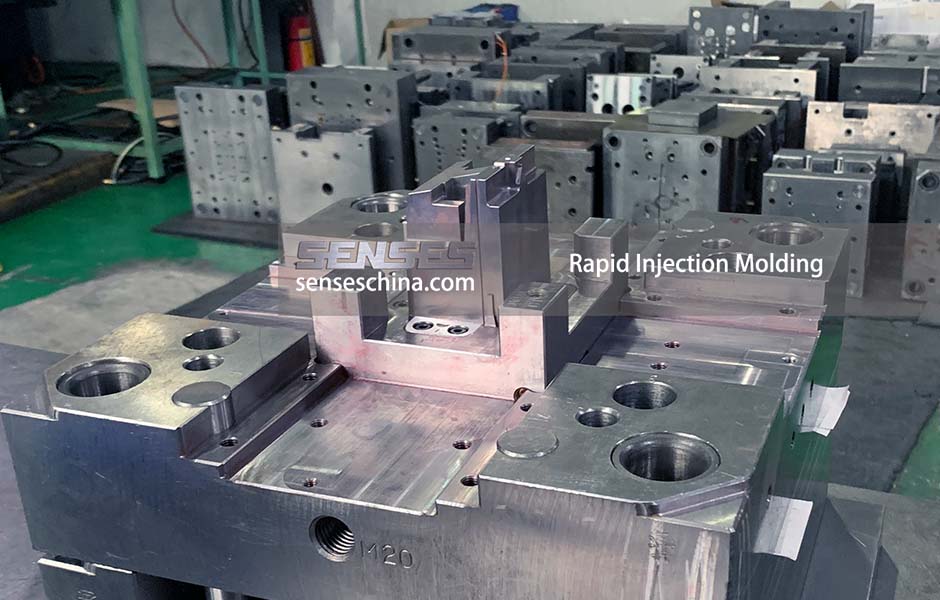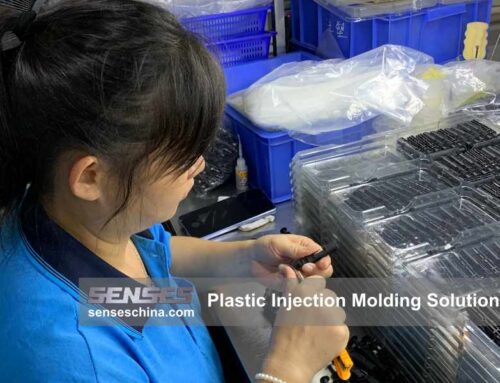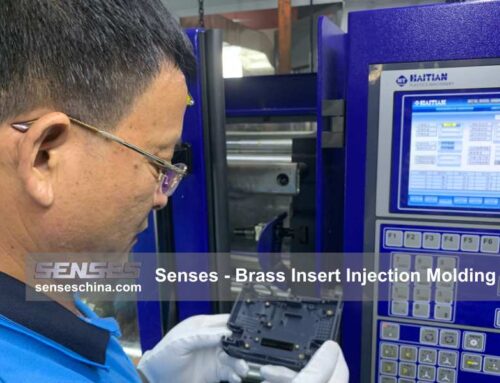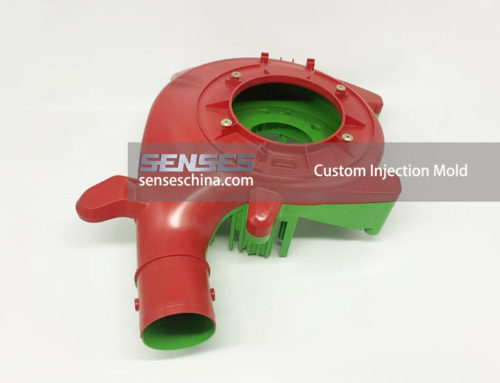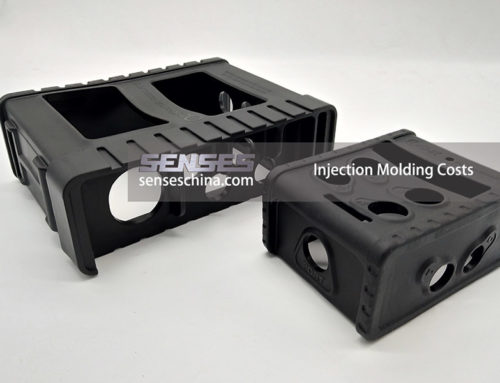Rapid Injection Molding
When engineers need to produce parts very quickly, they use what is aptly called “rapid injection molding.” The parts produced in rapid injection molding are used for creating prototype parts for design analysis. While useful in that respect, the rapid injection molded parts typically aren’t used as a finished product but it can be a bridge to production that produces parts for production while the true production mold is being made. Instead of being a primary production process, therefore, rapid injection molding is more of a research and development process.
In order to be successful with this stage of the production of plastic parts, a few factors need to be considered carefully. Some of these factors are:
Tool Design
The natural first step in all injection molding processes, including rapid injection molding, is tool design. When tool design begins, the part formation has already been conceptualized, so there is an idea of how it will look and function, at least theoretically.
Part size and the intricacies within the part contribute the most to lead time, which needs to be reduced. The easiest way to get around the problem of large and intricate parts is compartmentalization: breaking the big intricate parts into smaller, less intricate parts and then assembling them in the end. Compartmentalization can shorten lead time because this technique prevents engineers from wasting time working on a very complex part.
Now that the big intricate part has been broken down into smaller, less intricate parts, engineers can use the rapid injection molding technique to machine the parts.
Part Material
To better take advantage of the quick turnaround time that rapid injection molding offers, one should look to make use of materials that are readily available or can easily be obtained from a retailer or a major distributor. Spending excess time looking for a suitable material negates the point of rapid injection molding. In addition, because the parts that are created with rapid injection molding are mostly made only to test parameters – such as confirming the basic design, function, and ability to reproduce the part, the type of material used can be unimportant. As long as the chosen material has properties similar to the final intended material, it will work.
In the unlikely case that the same material as the finished product is required for the rapid injection molding process, the material should be procured while the mold is being prepared by the CNC machine so as not to waste time.
Cost Analysis
Reducing lead time will mean increasing the cost of a process, and rapid injection molding is no different. A proper analysis of the extra costs involved in shortening lead time processes – such as extra man hours, material procurement, tool design, tool machining, production runs, etc. – should be done and compared against the budget. One or more of these processes can be compromised in order to strike a balance between speed and cost.
Rapid injection molding, however, cannot shorten all processes. There are things that will have the same lead time regardless of how much effort is put forth or how many resources are available. So, the best one can achieve with these processes is ensuring that they are done efficiently and that no time is wasted.
Taking care to see that all aspects of the injection molding process is carried out efficiently and without delay will significantly reduce the overall lead time and that will also mean a very satisfied customer just like we are accustomed to, here at Creative Mechanisms.
Rapid Injection Molding
When you need production-caliber molded parts on a short timeline, Senses gets it done. We rush parts to you on a schedule that supports your entire testing and pre-production schedule. No need to bend your design to our process; we have the equipment, capability, and knowledge to deliver to the parameters you set, no matter what industry you’re in. It’s that simple.

